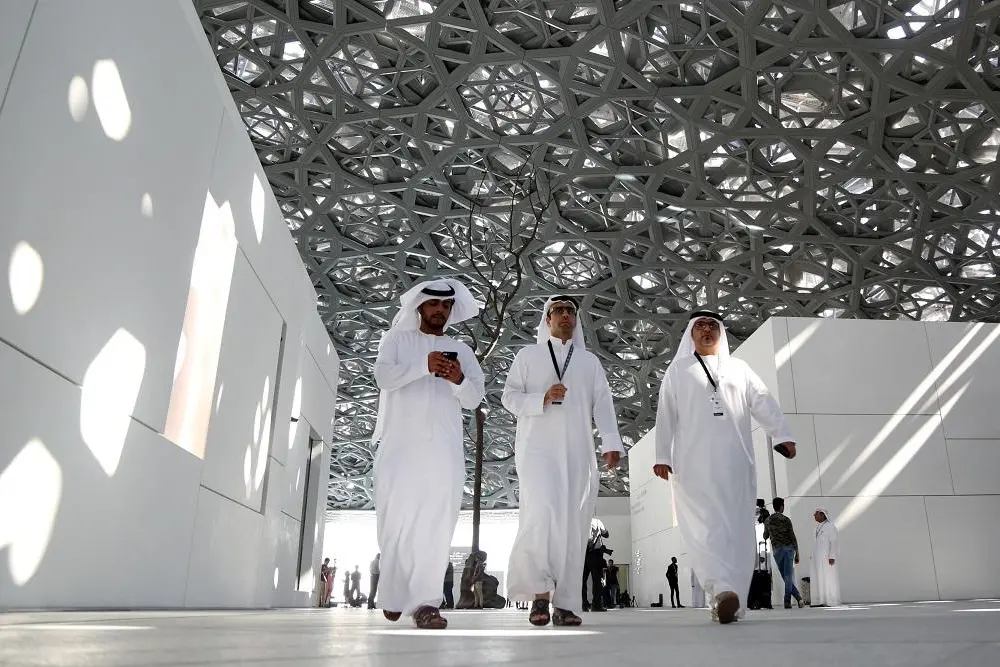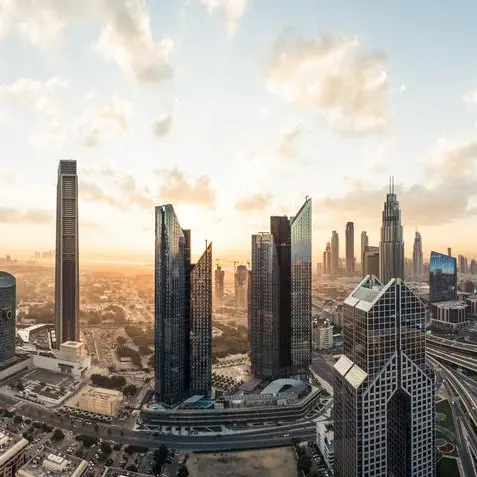PHOTO
The long-awaited Louvre Abu Dhabi museum set for opening its doors to the public this Saturday, November 11, underwent a complex engineering process to deliver the architect’s vision for the site.
“The dome, which is 180 metres in diameter, was the most challenging part of the project,” Jean Nouvel, the Pritzker-prize winning architect of Louvre Abu Dhabi told Zawya at the site on Tuesday, ahead of the grand opening.
“It is a giant umbrella on a city…yet it had to give the feeling of floating in the sky…to look thin and smooth like silk…and to transmit a light show,” he added, speaking in French.
The vast dome weighs almost the same as the iconic Eiffel Tower and consists of eight different layers with a frame pre-assembled into 85 super-sized components, each weighing 50 tonnes. It displays a “Rain of Light” effect and forms 7,850 stars at night.
The development has been listed among the world’s most anticipated architectural projects in 2017 by London-based newspaper The Times.
“The context of the design was a key element from the perspective of an architect…I couldn’t make a building like this in Paris or New York or Berlin…it had to be in an Arab country, with water surroundings…It feels like a continuity of both history and geography whenever I want to make a new creation,” Nouvel explained to Zawya.
The museum was initially built within a dry dock at the beginning of the construction phase, creating a temporary coastline on Saadiyat Island. Afterwards, the site was integrated with seawater and hydraulic cut-off walls were removed.
“The dome, which is 180 metres in diameter, was the most challenging part of the project,” Jean Nouvel, the Pritzker-prize winning architect of Louvre Abu Dhabi told Zawya at the site on Tuesday, ahead of the grand opening.
“It is a giant umbrella on a city…yet it had to give the feeling of floating in the sky…to look thin and smooth like silk…and to transmit a light show,” he added, speaking in French.
The vast dome weighs almost the same as the iconic Eiffel Tower and consists of eight different layers with a frame pre-assembled into 85 super-sized components, each weighing 50 tonnes. It displays a “Rain of Light” effect and forms 7,850 stars at night.
The development has been listed among the world’s most anticipated architectural projects in 2017 by London-based newspaper The Times.
“The context of the design was a key element from the perspective of an architect…I couldn’t make a building like this in Paris or New York or Berlin…it had to be in an Arab country, with water surroundings…It feels like a continuity of both history and geography whenever I want to make a new creation,” Nouvel explained to Zawya.
The museum was initially built within a dry dock at the beginning of the construction phase, creating a temporary coastline on Saadiyat Island. Afterwards, the site was integrated with seawater and hydraulic cut-off walls were removed.
Key figures
- Built up area: 97,000 square metres
- Gallery spaces: 8,600 square metres
- Auditorium: 420 square metres
- Total museum buildings: 55 individual buildings
- External building façade: 3,900 panels
The dome in figures:
- 7,500 tonnes in weight
- Total construction time of two years
- Eight layers of cladding
- Four permanent piers holding up the dome
- Height of 40 metres above sea level and 36 metres above ground level
- Seven metre width
- 80 mm distance between layers












